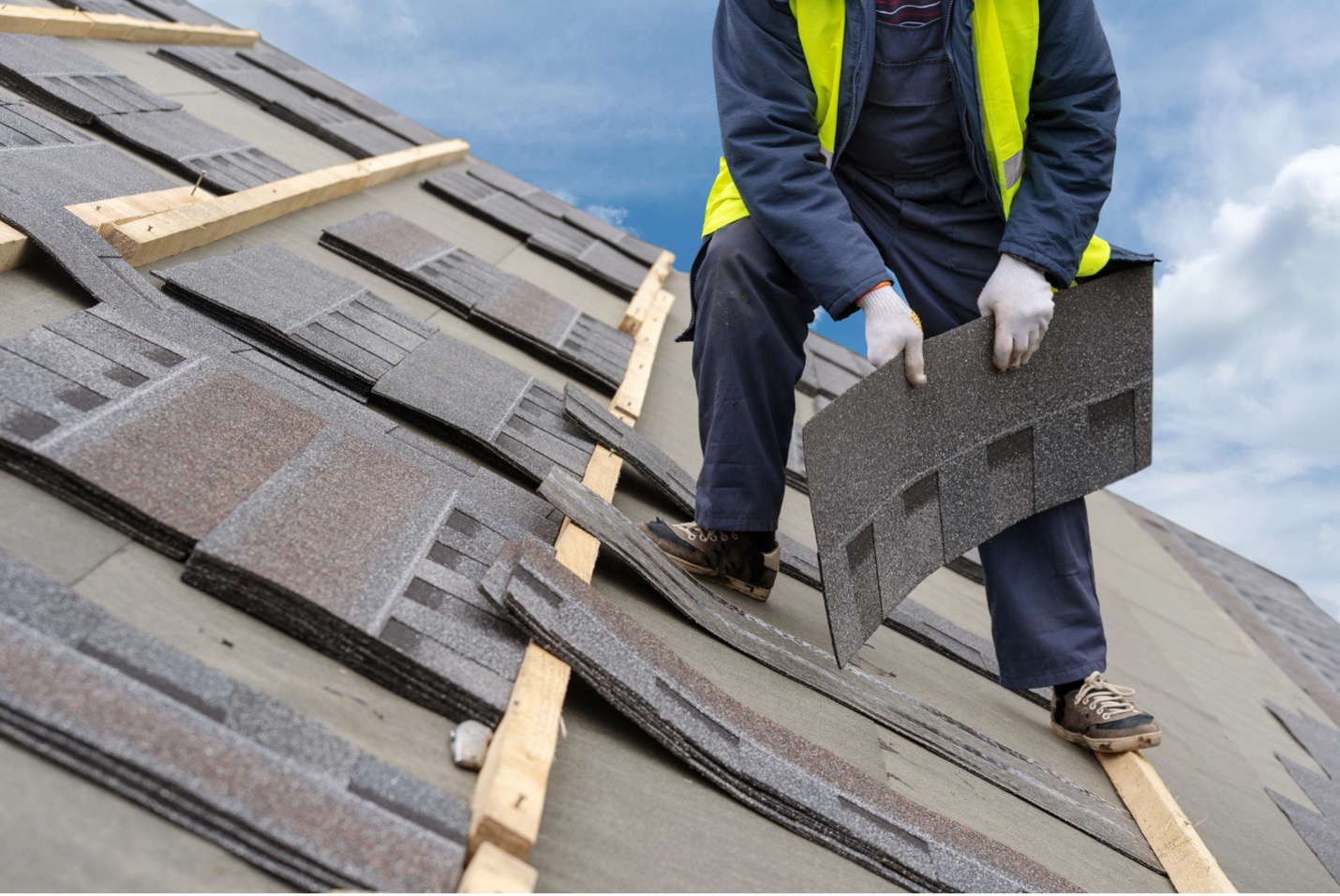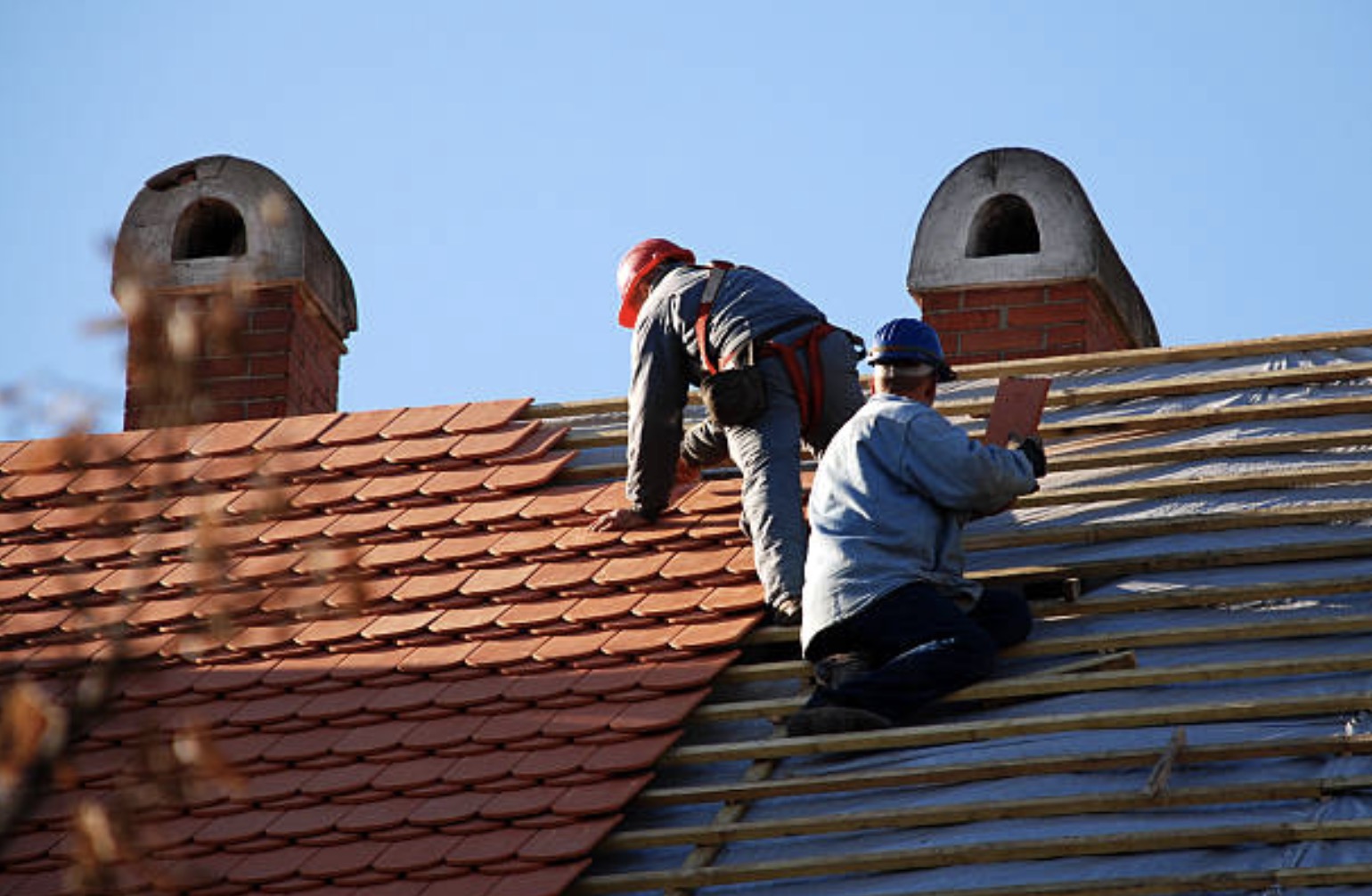Understanding the Different Types of Roof Covering and Their Benefits
Roof is a crucial element of any home, influencing not only appearances yet also long-term efficiency and price efficiency. Each roof type-- from the price of asphalt tiles to the long-lasting strength of steel and the ageless allure of floor tile-- supplies unique advantages customized to numerous requirements and choices. House owners have to evaluate these factors thoroughly to figure out the most effective suitable for their conditions. As we explore these options better, a much deeper understanding of each roofing kind's special benefits may expose surprising understandings that could affect your decision-making process significantly.
Asphalt Shingles
When taking into consideration roof alternatives, asphalt roof shingles often become a preferred selection as a result of their equilibrium of affordability, toughness, and aesthetic appeal (roofers honolulu). These tiles are composed of a fiberglass floor covering covered with asphalt and granules, supplying a robust obstacle against weather aspects. Their lightweight nature allows for simple installment, making them a recommended choice for both house owners and specialists
Asphalt roof shingles are offered in 2 main kinds: architectural and three-tab. Three-tab shingles are flatter and provide a much more standard appearance, while building tiles have a thicker structure and give a dimensional look. Both kinds can be found in a range of shades and designs, permitting homeowners to customize their roof covering to match their home's layout.
One of the vital benefits of asphalt tiles is their cost-effectiveness; they are typically much less costly than various other roof materials, such as tile or slate. On the whole, asphalt roof shingles stand for a practical and aesthetically appealing roof solution for numerous domestic applications.
Metal Roof
Steel roof covering has obtained significant popularity among homeowners and building contractors as an energy-efficient and sturdy option to conventional products like asphalt tiles. Making up materials such as aluminum, steel, and copper, steel roof coverings are understood for their long life, commonly long lasting 40 to 70 years with marginal maintenance. This remarkable life expectancy substantially reduces the regularity of roof substitutes, equating to long-term expense savings.
One of the vital advantages of steel roof covering is its energy efficiency. Steel reflects solar glowing warm, which can assist lower cooling prices in warmer climates. Additionally, many metal roof items are created with recycled products, making them an environmentally pleasant option.
Steel roofs are also extremely resistant to serious weather, including high winds, hefty rain, and snow. This resilience reduces the danger of leaks and other damage, providing peace of mind to property owners. Steel roof is offered in various designs, shades, and finishes, permitting for personalization to match any type of architectural design.
While the initial financial investment may be higher than typical roof covering choices, the long-term advantages of toughness, energy performance, and low maintenance make metal roof a worthwhile factor to consider for modern homes.
Tile Roof
Tile roofing offers house owners a distinctive visual and remarkable resilience, making it a popular choice for numerous building styles, especially in warmer environments. This roof covering product is available in a range of colors, shapes, and materials, consisting of clay and concrete, enabling functional layout options that can enhance a home's curb allure.
One of the primary advantages of ceramic tile roofing is its durability. With appropriate maintenance, ceramic tile roofings can last upwards of 50 years or even more, outshining lots of other roof covering products. Their fundamental resistance to rot, bugs, and fire more adds to their appeal. Furthermore, tile roofing systems can provide outstanding thermal insulation, assisting to manage interior temperatures and potentially decreasing power costs.
An additional advantage of ceramic tile roof is its reduced maintenance requirements. While installment can be extra expensive contrasted to various other roof kinds, the investment is commonly justified by the long-term financial savings on substitutes and fixings. Tile roof is ecologically friendly, as numerous tiles are made from all-natural products and are recyclable at the end of their life cycle.
Wood Tiles and Shakes
Wood tiles and shakes offer a natural beauty and heat that can boost the visual of any type of home, making them a popular selection amongst property owners who value organic materials. These roofing alternatives are commonly made from cedar, redwood, or yearn, giving a rustic appeal that enhances various architectural styles.

Timber roof shingles are machine-cut, using a consistent appearance and smooth surface. On the other hand, shakes are hand-split, leading to an extra textured and uneven appearance. This distinction can affect the general layout and personality of a home, with drinks typically offering a more rugged, all-natural feel.
One of the primary advantages of timber roofing is its exceptional insulation residential properties, which can assist regulate indoor temperature levels while lowering energy expenses. Furthermore, timber shingles and shakes can be treated with fire retardants and chemicals to enhance their resilience and resistance to degeneration, insects, and dampness.
Nonetheless, it is essential to think about the upkeep needs connected with wood roofing. Regular examinations, cleaning, and therapy are necessary to extend its lifespan. Wood roof shingles and trembles can supply a advice sensational and long-lasting roofing solution that raises any property's curb charm. when correctly cared for.
Eco-Friendly Roof Covering Options
As environmental awareness grows, home owners are increasingly looking for green roofing alternatives that not webpage just decrease their carbon impact but also add to lasting living. roofers honolulu. These roofing services are developed to minimize ecological impact while boosting energy efficiency and durability
One popular option is metal roofing, which is frequently made from recycled materials and boasts a long lifespan, lowering the need for regular replacements. Metal roofings show solar heat, consequently reducing power expenses. Another viable option is rubber roof covering, usually made from recycled tires, providing superb insulation and longevity.
Environment-friendly roof coverings, which incorporate vegetation and dirt, give all-natural insulation, help with stormwater management, and enhance air top quality. They are particularly valuable in metropolitan areas, aiding to reduce the warm island result. Furthermore, solar tiles are getting grip; they combine standard roof covering products with solar innovation, permitting homeowners to generate their very own electricity while keeping aesthetic allure.

Conclusion
In summary, selecting the suitable roof covering material requires cautious factor to consider of various aspects, including cost, durability, and environmental impact. Asphalt shingles offer an affordable alternative with moderate toughness, while metal roof covering offers outstanding long life and power efficiency. Tile roofing stands out for its visual charm and durability, and wood tiles enhance insulation however call for persistent upkeep. Green roof covering choices add to sustainability and long-term savings, making them increasingly interesting environmentally aware homeowners.
